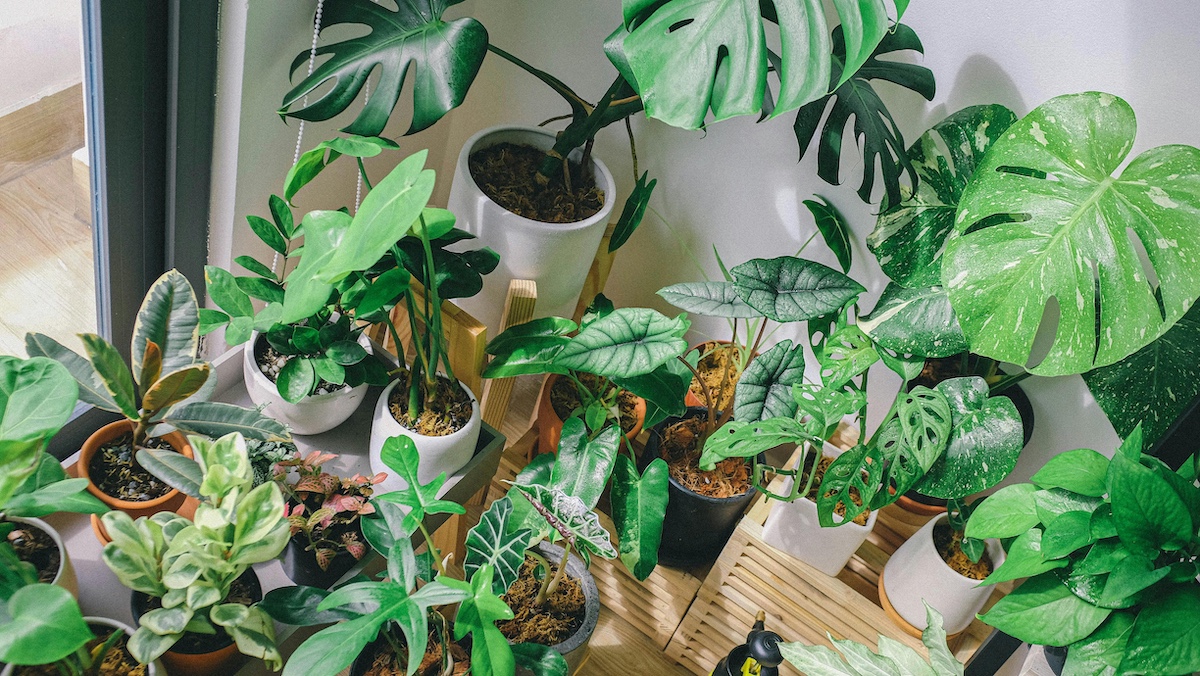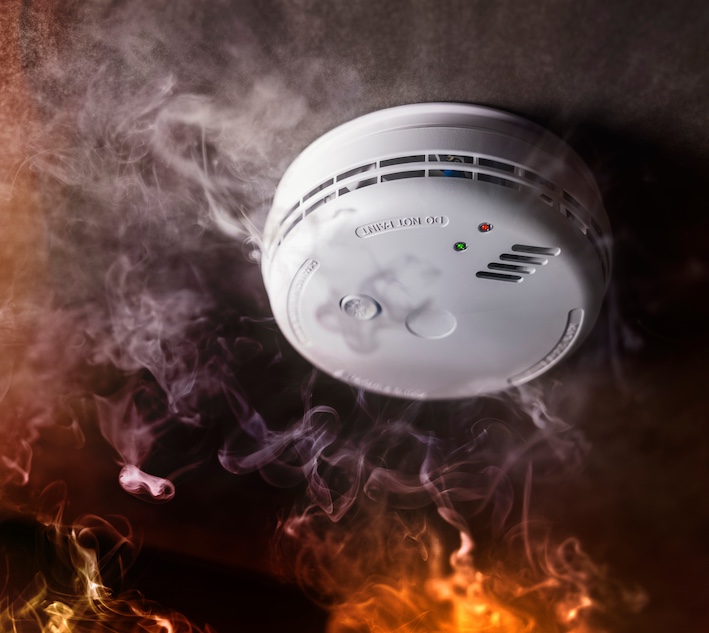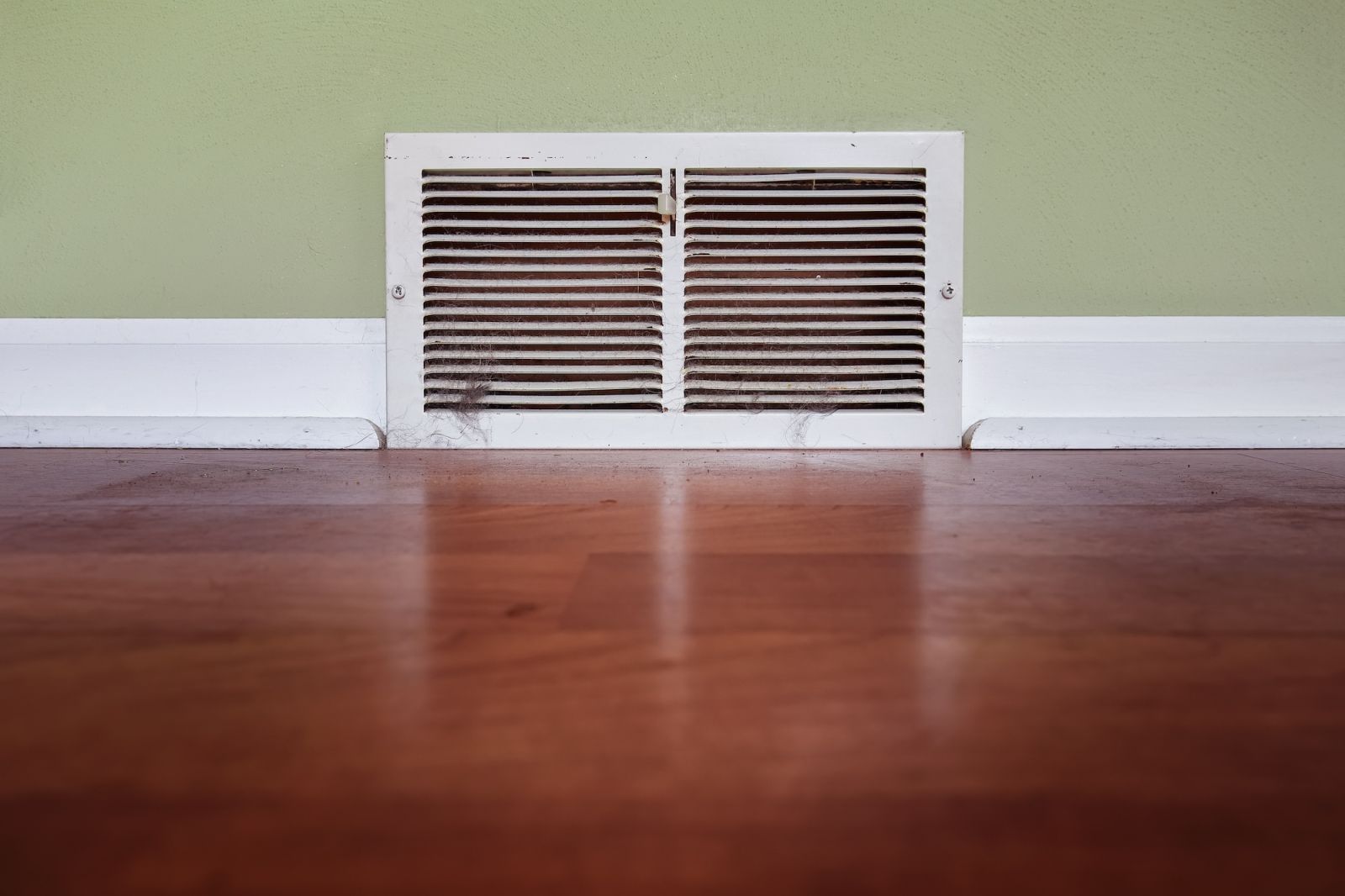HEPA filtration is almost synonymous with air purification. However, in the last decade, so many air purification systems have come up to replace or supplement HEPA filters. UV Light air purifiers are among the new technologies used to purify the air.
The technology is ideal when you need to disinfect the air, water, and hard surfaces. It is commonly used in hospitals, homes, food processing industries, and in businesses. But how effective are these devices? And can you use them as standalone units?
What Are UV Light Air Purifiers?
These are devices that use short-wave UV light, UV-C, to destroy microbes in the air. The lights work by damaging the DNA of these microorganisms. Because most of the microbes are one-celled, destroying their DNA damages them completely.
The UV light air purifier removes pollutants from the air like any other purification system. However, this one is different in that it uses its germicidal properties to inactivate the microbes. Instead of just trapping the microbes, it traps them and kills them.
Even though these systems are effective in killing microbes, they are not effective as standalone devices. The light doesn’t trap dust and pollen particles. The HEPA filter traps particulates while the UV light destroys the microbes.
Introduction To UV Light
You cannot see the different categories of light, but you can feel its effects. The UV Light air purifiers work the same way the UV light from the sun burns your skin. After standing in the sun for a long time, you end up with a sunburn. Sunburn occurs when the UV light destroys the DNA of the cells on the surface of your skin. But you have many more cells, so you will survive.
UV light is in three categories based on wavelength.
UV-A is the first category of UV light. This is high wavelength light that vibrates at a low speed. Most of the sun’s radiation is UV-A. The light is applied in tanning booths and can also be used in disinfection tools. It has a wavelength of between 315 and 400 nanometers.
UV-B has a wavelength of between 280 and 315 nanometers. The light vibrates faster than UV-A. Most of UV-B light is absorbed by plants and used to make plant food and alter plant hormones.
The third category of UV is UV-C, which has a wavelength of between 100 and 280 nanometers. This is the fastest vibrating form of UV light. Most of the UV-C light is absorbed by the ozone layer. Because it vibrates at a high speed, this is the same light spectrum used in UV light air purifiers.
Germicidal UV, which is the same as the UV-C from the sun, has found its application in several industries. It has been used to treat tuberculosis and disinfect surfaces in kitchens, hospitals, laboratories, and food processing industries.
The light used is in the form of photons. As the photons travel, they vibrate to form waves. If the vibration of the light is fast, the distance between the waves is shorter. This is why UV-A has a longer wavelength and UV-C has a shorter wavelength. The less vibrating photons have energy while the fast vibrating UV-C photons have enough energy to kill microbes.
Because of the high energy in UV-C, it can damage the eyes and skin if you are exposed to it for long. However, UV light air purifier manufacturers have taken the necessary precautions to ensure that doesn’t happen. This energy makes the light effective in irradiative cleaning
How Does UV-C Purify Air?
UV-C has so much energy, and that is how it purifies the air. When molecules of microbes absorb the light, the light changes their structure. The DNA molecule in microbes is susceptible to the changes caused by light.
Damaging the cell of microorganisms makes them initiate self-destruct, and this kills the organism, making it harmless.
UV lamps use emitters such as phosphor and quartz. Most, however, work as mercury lamps. The EPA estimates that the wavelength of the light from mercury lamps is about 254 nanometers.
UV lamps combine a filtration system, such as HEPA filtration, and a forced-air system. Air is forced into the UV lamp chamber through a HEPA filter. Particles of dust and allergens are trapped by the filter. The air that goes through the chamber is then exposed to UV-C, which kills the microbes. In some units, the UV light destroys the microbes that are already trapped on the filter.
What Pollutants Does the UV Lamp Air Purifier Remove?
Microorganisms
Microorganisms cannot survive UV irradiation. It alters their DNA and inactivates them. You can use it to kill bacteria, mold, and viruses. The effectiveness of the system is dependent on the duration of the organism’s exposure to the light, the level of humidity and temperature of the air, and the brand of UV lamp you are using.
Allergens
UV light has no effect on most allergens. If you need to get rid of allergens such as smoke, pet dander, mold, and chemical fumes, you need a device with a HEPA air filter to trap these particulates. The HEPA filter can trap particulates as small as 0.03 microns, which means it can trap most of these substances.
While the system can deactivate mold spores, the spores are still allergic. With the best HEPA filters, the system can reduce most allergens in the air. If you have problems with mold, Pur360 can help you remove it.
VOCs
What are VOCs? VOC stands volatile organic compound. Volatile organic compounds are compounds that have a high vapor pressure and low water solubility. Many VOCs are human-made chemicals that are used and produced in the manufacture of paints, pharmaceuticals, and refrigerants.
A UV lamp with no HEPA filtration system is useless against VOCs. If you have high levels of VOCs in your air, you need to go for HEPA filtration system. It is advisable to have the quality of the air in your home tested before you install UV lamps. The lamps can alter the nature of VOCs, making them more hazardous. If you have such compounds in the air, you better use any other system and not a UV lamp.
Are UV Lamps Safe?
UV Lamps are safe, and the technology is also safe, according to experts. The only danger comes when the lamps do not have the right coating. When not coated, UV-C can move to the air through radiation. The light splits the oxygen in the air through the process of photolysis. When that happens, the split oxygen can combine with the free oxygen in the air to create ozone.
Ozone is safe in very small amounts. However, if the lamp produces it in high amounts, the ozone is not safe. Most lamps are coated enough to protect you from ozone. However, if their protective cover is not on, avoid being near them.
You do not have to worry about the safety of the UV lamp if it is enclosed in your central AC system. If you have a standalone unit, always ensure that its cover is always tight and in position.
It takes the UV lamp about 60 minutes to purify the air in your home. However, you need to leave it on for a longer time to ensure it is effective. The longer the microbes are exposed to the light, the faster they die.
Call Pur360 for a Quote
At Pur360, we help you with allergen removal and UV sanitization. We first test your home for presence of mold, remove it, and eradicate it using various techniques. Other services that we offer include carpet removal, drywall removal and repair, attic stain removal, painting, and dehumidifier and fan rental in areas of Illinois, Wisconsin, Texas, Georgia and Florida. Call Pur360 today and request for a free quote.



